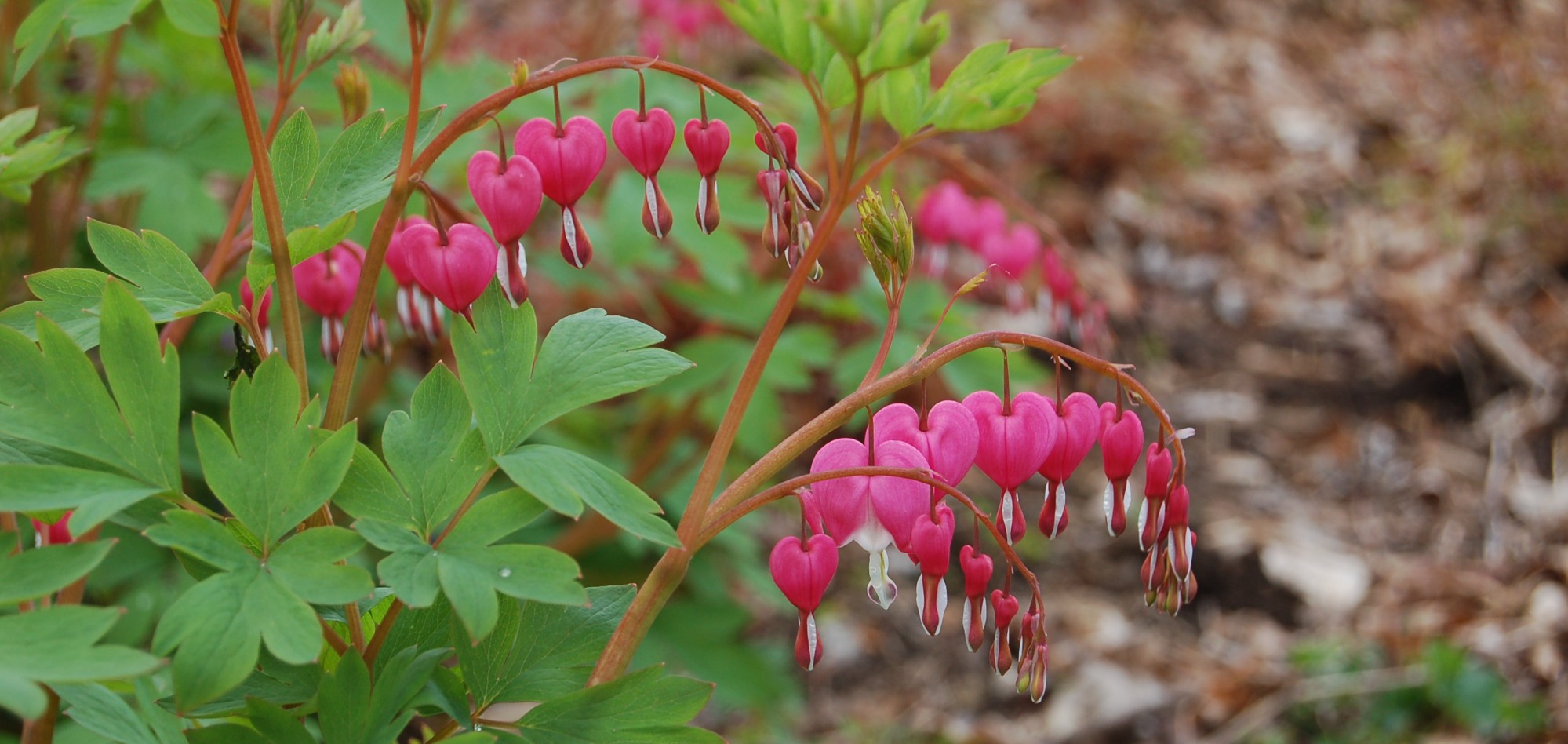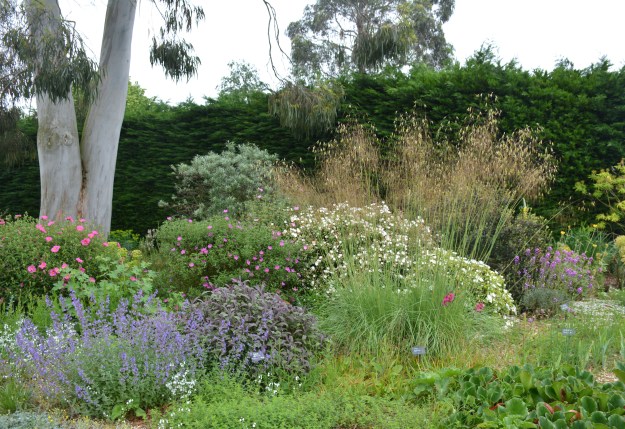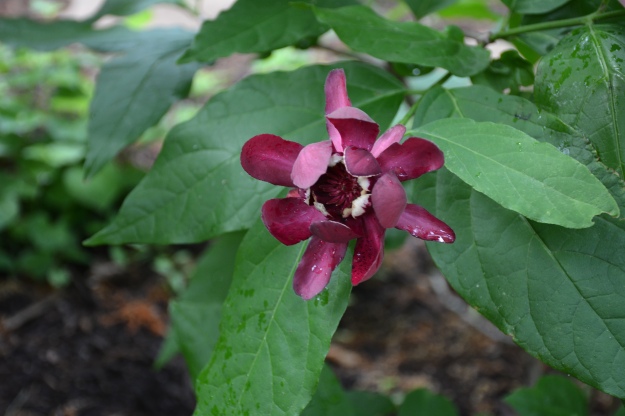How time flies. I left for a 10-day trip to Eastern Europe on August 30, followed up with eight weeks of GFWC Region Meetings in eight states (Nevada, Nebraska, Maine, Indiana, New York, Mississippi, Texas, and North Carolina), and returned home last night from a super-secret (and very exciting!) location where I evaluated hotels for a convention (yes, GFWC again) that will be held in 2021.
The neglected garden, as you would guess, doesn’t offer much to crow about. Even still, I thought it would be good for us to catch up with Six on Saturday (hosted by the Propagator) for a look at what’s happening outdoors now.
(1) Our rainy spring and summer have been followed by an equally wet autumn, but while some of the season’s colorful foliage was washed away with the 5+ inches of rain that assaulted us earlier this week, this small hickory (seen from the sunporch) tempted me outside early this morning to find more seasonal treasures.

At the peak of its color, this hickory (Carya) is a sight to behold, especially when touched by the sun in early morning.
(2) Surprisingly, other deciduous trees and shrubs, including many of our oaks and this frosty Chinese paperbush, are still green. It’s good to see, however, that its flower buds have formed and are growing quickly.

A favorite shrub, the Chinese paperbush (Edgeworthia chrysantha), blooms in late winter.
(3) Nearby, nestled under a small tree and surrounded by ferns and low-growing shrubs, a large bear’s-foot hellebore is also in good form. Its inch-wide flowers, which will begin to open in just weeks, will be pale green with purplish-red edges.

An eye-catcher, this bear’s-foot hellebore (Helleborus foetidus) offers lime-colored bloom stalks and silvery flower buds against dark, fine-textured foliage.
(4) In the secret garden, another plant with fine-textured foliage, Mahonia ‘Soft Caress,’ is already in bloom. During the growing season, its plant companions include Jack-in-the-pulpit (Arisaema triphyllum), hosta, and other shade-loving perennials. But as you can see through the shrub’s bamboo-like foliage, these herbaceous plants are sleeping now.

This Mahonia eurybracteata ‘Soft Caress’ grows in part shade.
(5) I typically photograph this native shrub, commonly called silver-leaf hydrangea (for the white flocking on the underside of its foliage), in midsummer with its blooms covered in pollinators. The plant is just as beautiful in the cool season, though, don’t you think? Dried to a crisp, the flower heads will persist through winter wind and snow.

Native to Appalachia, this Hydrangea radiata grows in the woodland garden on the north-facing terraces that slope down to the Reedy River.
(6) Finally, I couldn’t resist sharing this photo of autumn foliage on the floor of the woodland garden, which features a torn and crumpled discard from a bigleaf magnolia. The tree, planted just 3 years ago, will grow slowly until it reaches 30 or more feet tall. It’s less than a third of that size now, but this leaf is more than 2-feet long. Incredible!

The leaves of Magnolia macrophylla can reach 2 to 3-feet long.


































